University: Disaster Recovery and Business Continuity Plan Report
VerifiedAdded on 2020/04/15
|5
|826
|244
Report
AI Summary
This report delves into the critical aspects of Disaster Recovery (DR) and Business Continuity (BC) plans, emphasizing the importance of data confidentiality and security. It explores the inherent tension between ensuring the availability of disaster plans and protecting sensitive business information. The report discusses potential threats to confidentiality, such as malicious activities, accidental damage, and employee actions, and proposes strategies to mitigate these risks. These strategies include implementing employment contracts with confidentiality clauses, which legally bind employees to protect company information, and employing secure authentication methods, such as color pass interfaces, to reduce the likelihood of data theft. The report underscores the necessity of developing data backups to ensure business continuity in the event of data loss or damage, ultimately offering practical recommendations for safeguarding confidential information and maintaining robust disaster recovery and business continuity strategies.
1 out of 5
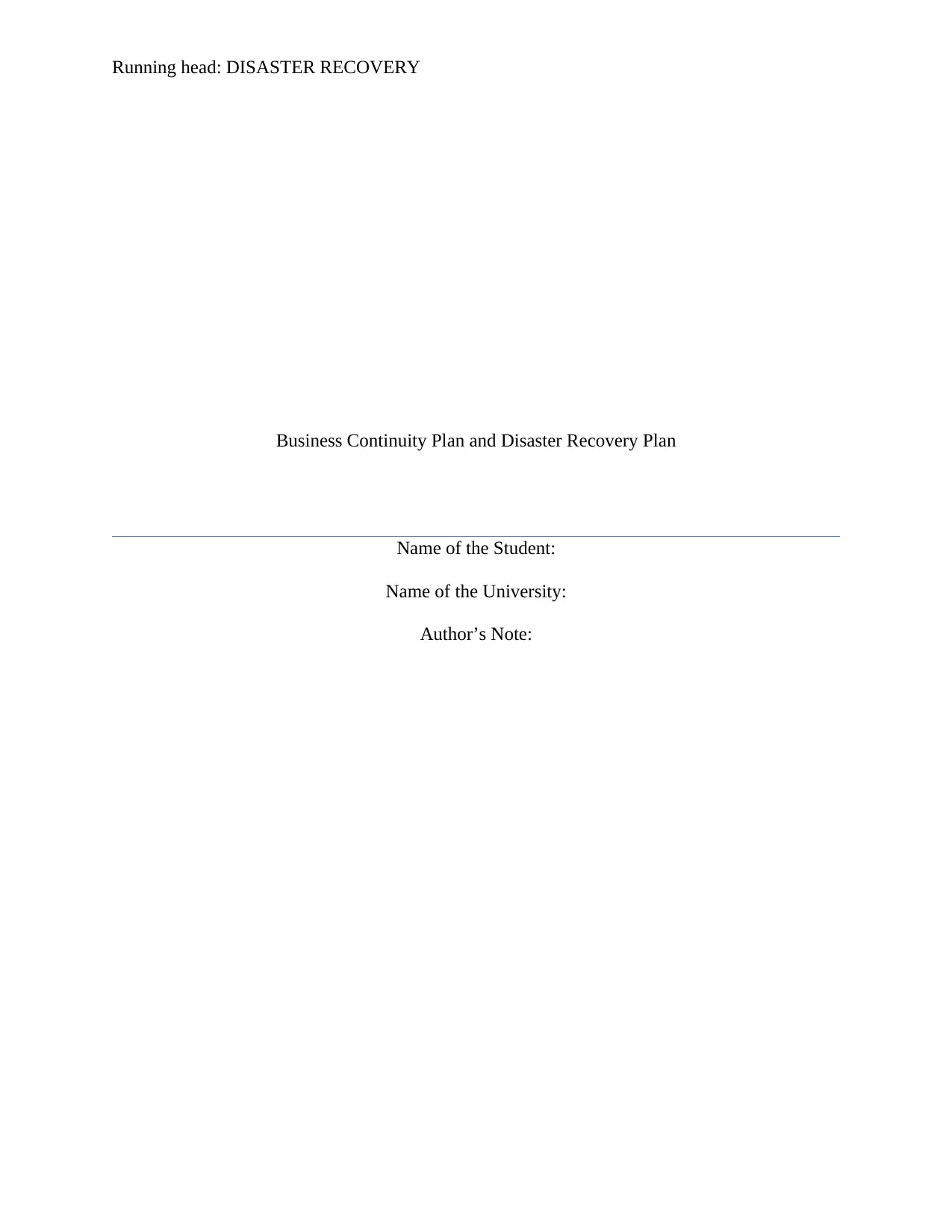
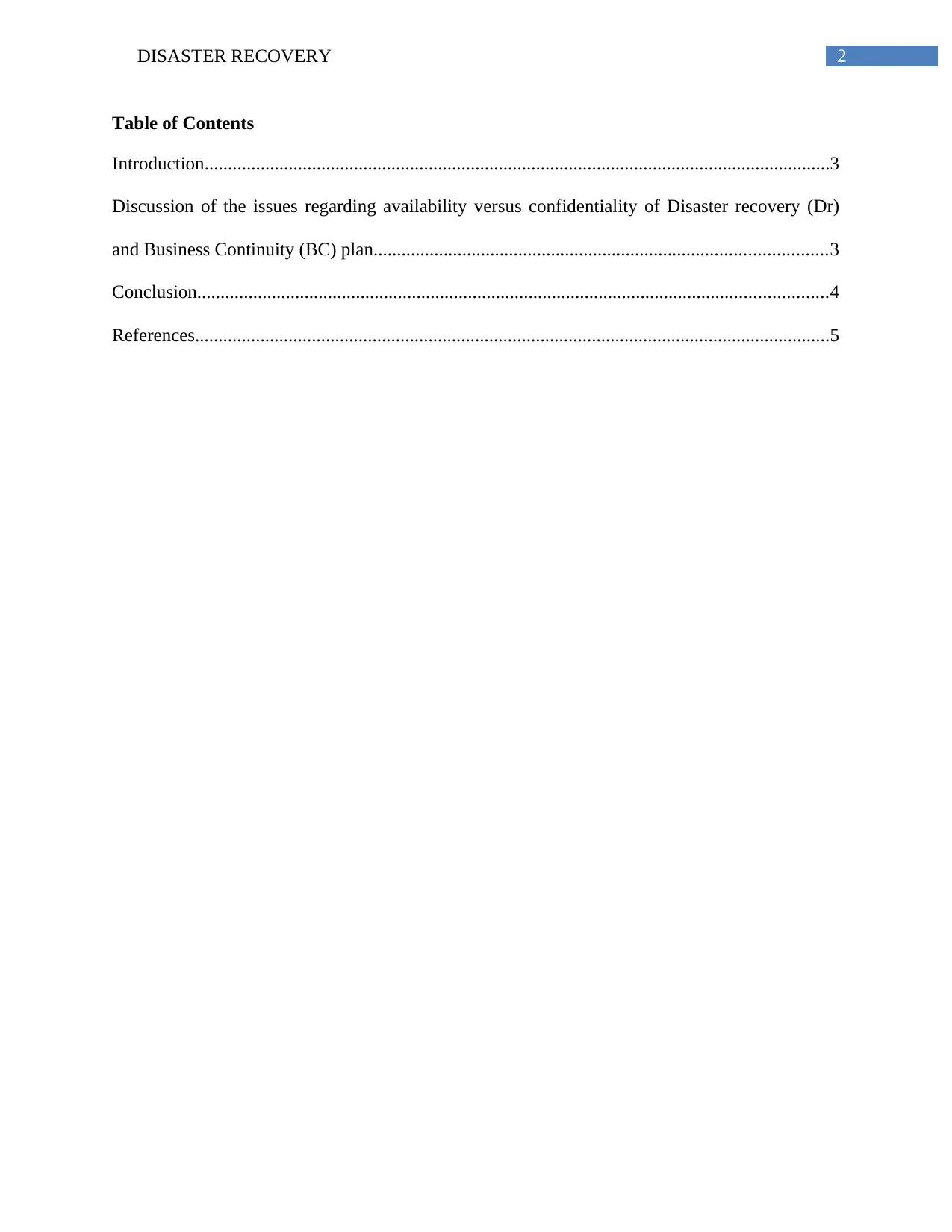
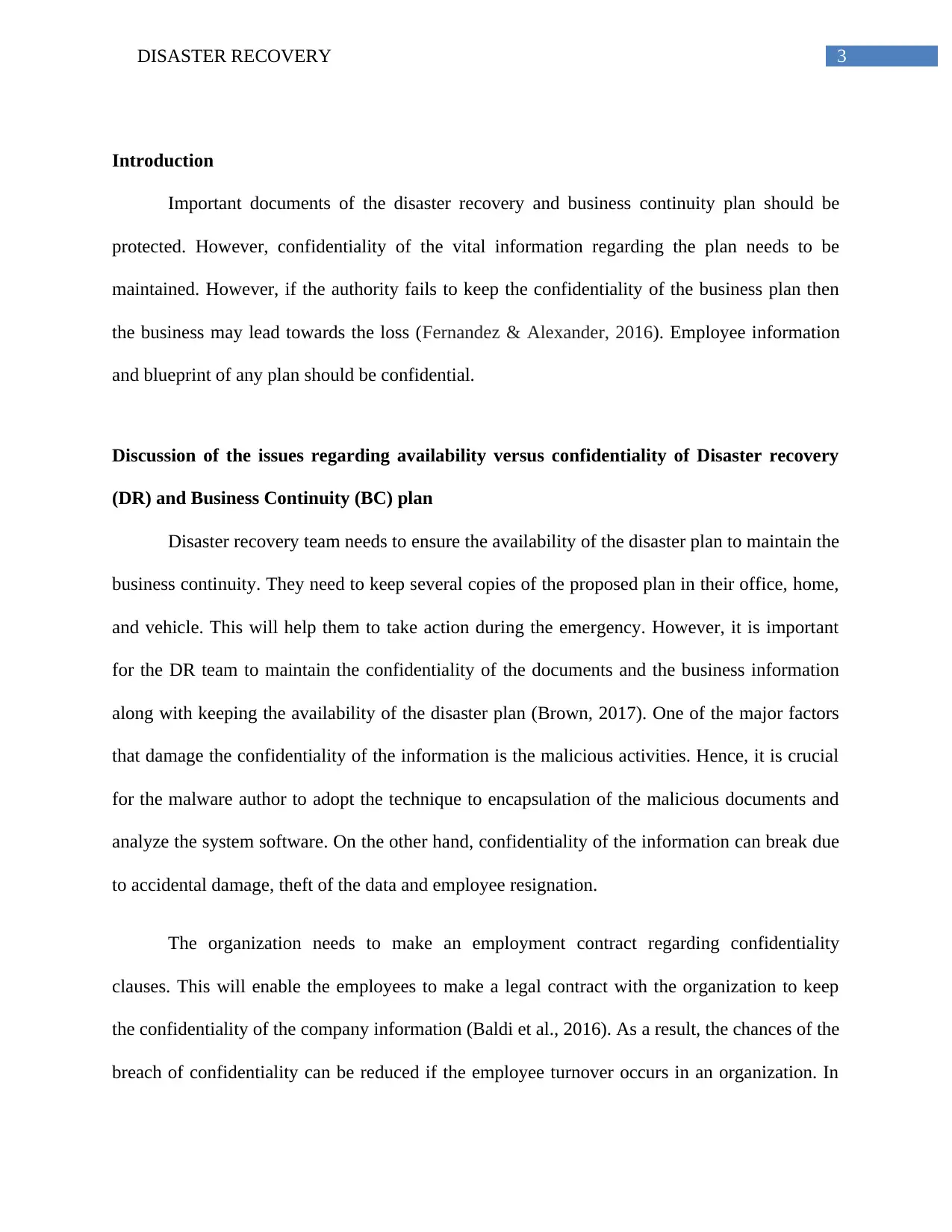

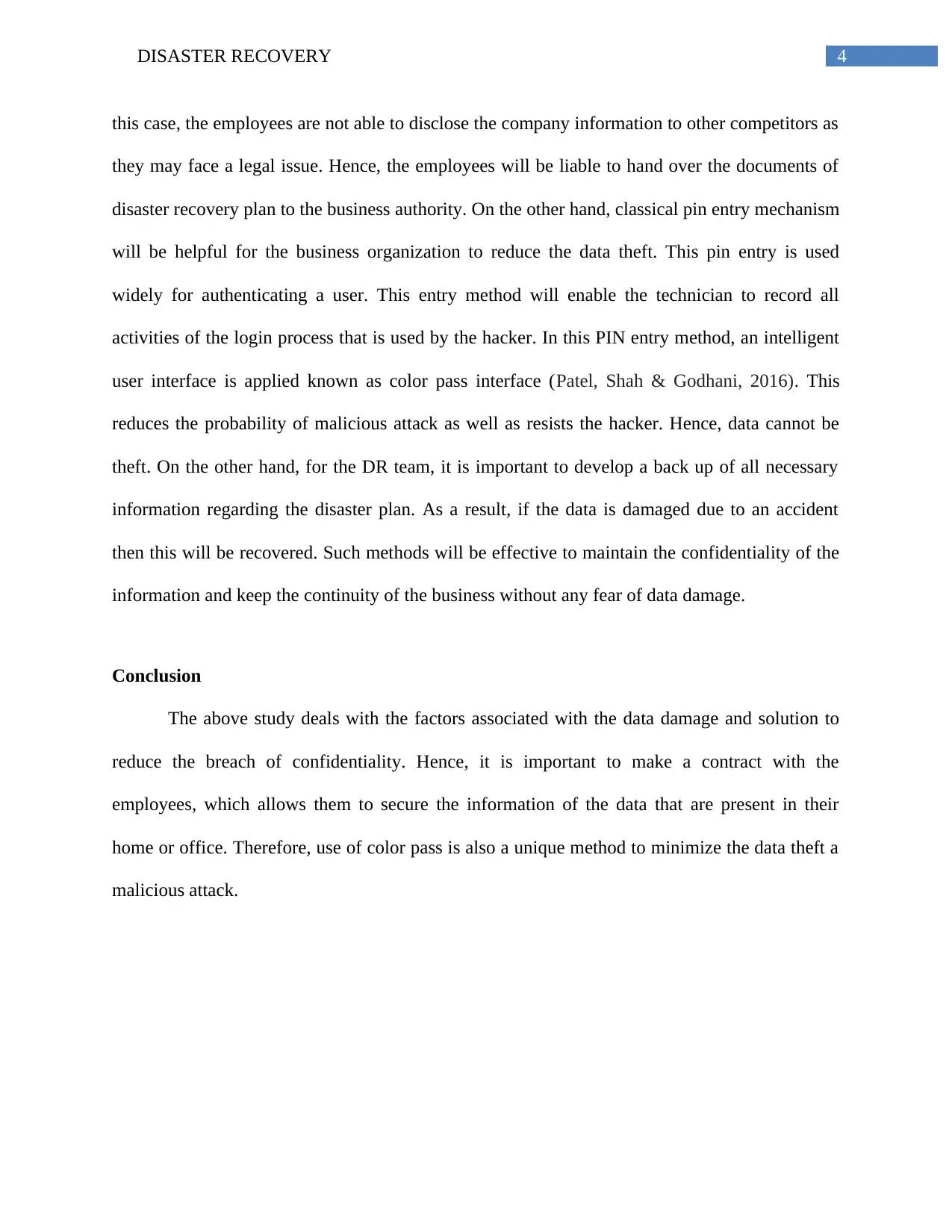
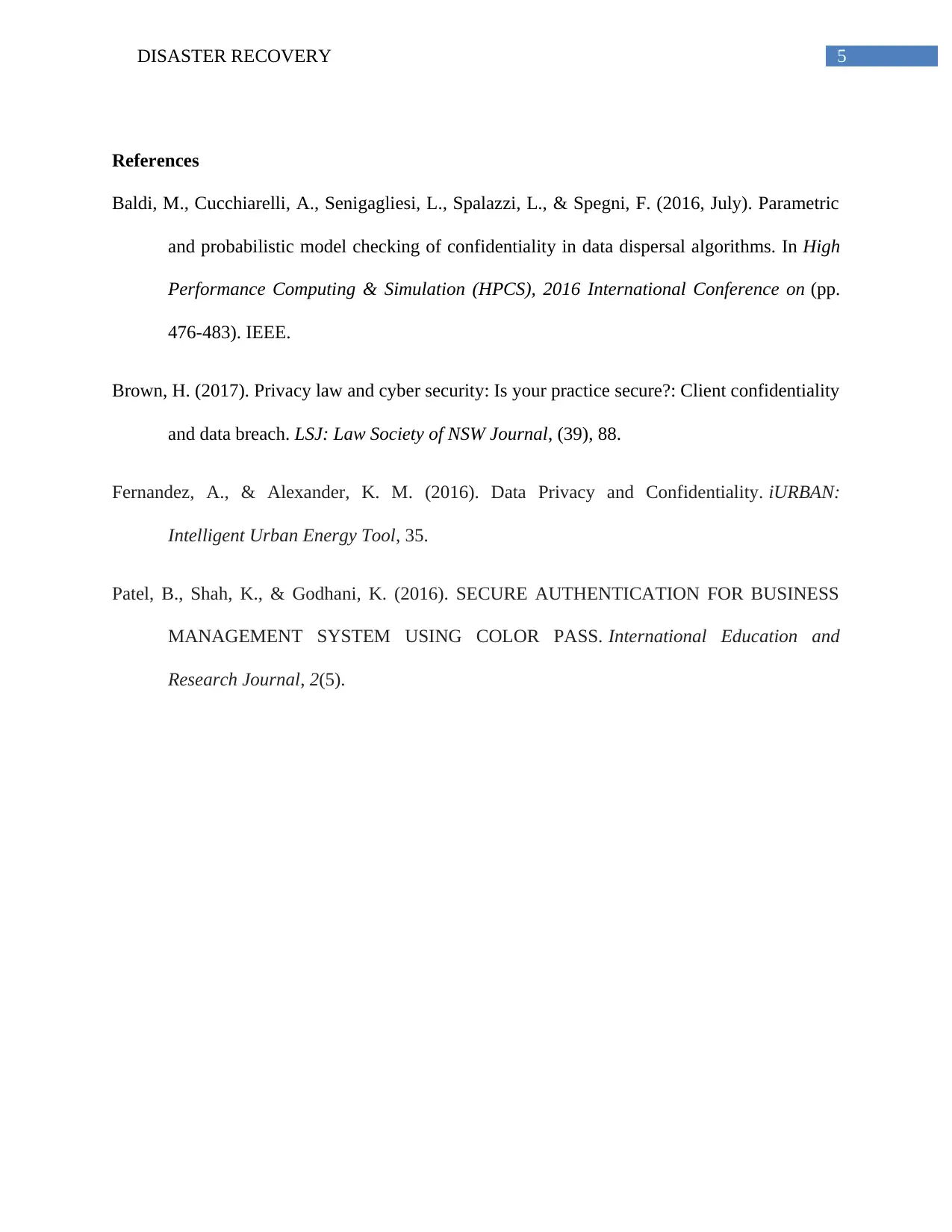






![[object Object]](/_next/static/media/star-bottom.7253800d.svg)